Absolutely beautiful – they are custom made and there is nothing like them on the market (if you don’t see a style you like – call us for a custom quote). Built from the finest quality eastern cedar boards that are affordable, beautiful and long lasting (less expensive beds built from fir/pine are also available). We pick the wood up directly from the source to control quality!
Learn more about our growing method in two recently revised blog posts.
With raised beds choose your own soil
We don’t fill our beds with conventional soil. The most important benefit is that with raised beds YOU choose the soil rather than accepting the soil you have in your yard. Rafa Crevoshay, our horticulturist, carefully researched our options and chose to fill raised beds with a microbe and nutrient rich compost from a local dairy farm. Our gardeners grow healthy seedlings and mature plants right from their first growing experience.
Built for harsh winters year after year
Chicago-area food growers and in other areas with very cold winters should not try to save money on less durable wooden raised beds made from thinner boards. The materials won’t last, and the design/construction of other beds will not have the unique long lasting characteristics. If you build your own beds, don’t use “treated wood” since toxic chemicals leach into the soil. Also, remember that untreated pine raised beds rot after only a few years.
The expected lifespan of cedar raised beds can vary based on a number of factors, including the thickness of the boards, the design of the bed, and the climate in which it is located. However, in general, cedar is a durable and long-lasting wood that is resistant to decay, rot, and insect damage.
Our cedar raised beds are made with 1.125 inch thick boards lined up vertically with horizontal 2x4 boards at the top and bottom for added strength to withstand the expansion of freezing soil over winter. With proper care and maintenance, these beds could last for 10 to 20 years or even longer.
The climate in which the beds are located can also have an impact on their lifespan. Cedar is naturally resistant to rot and decay, but prolonged exposure to moisture, extreme heat, or freezing temperatures can cause the wood to deteriorate more quickly. In humid or rainy climates, it is especially important to ensure that the beds have proper drainage to prevent water from pooling and causing damage to the wood.
To extend the lifespan of cedar raised beds, it is recommended to regularly inspect the wood for signs of damage or decay, and to treat the wood with a protective coating or sealant to help prevent moisture from penetrating the surface. Additionally, it is important to avoid using harsh chemicals or fertilizers that could leach into the soil and damage the wood over time.
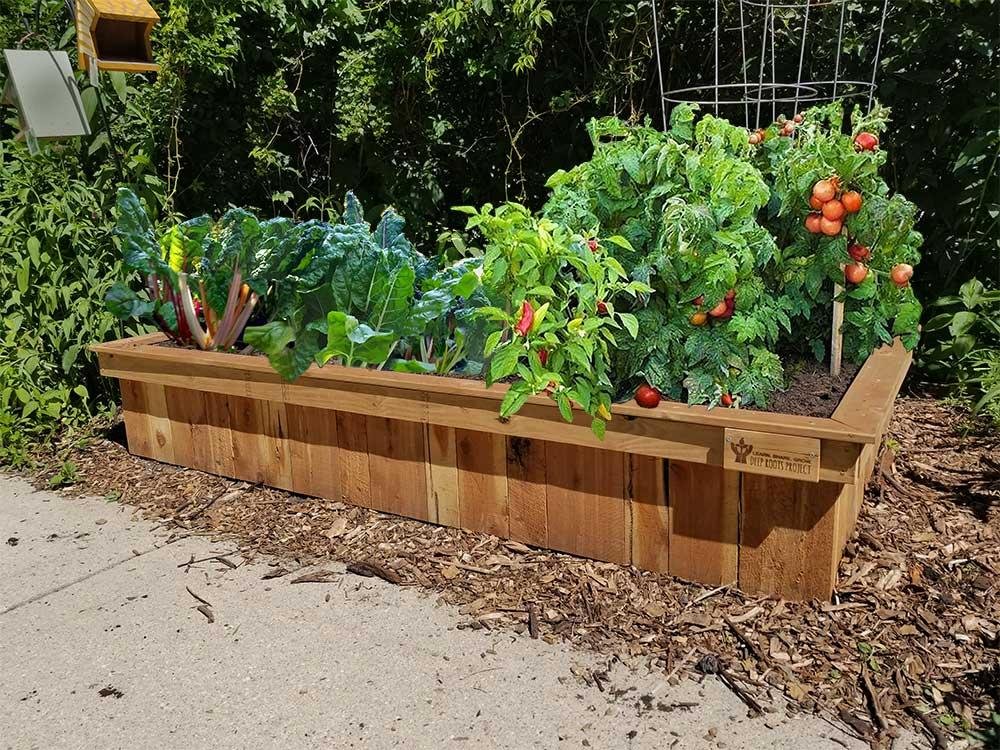
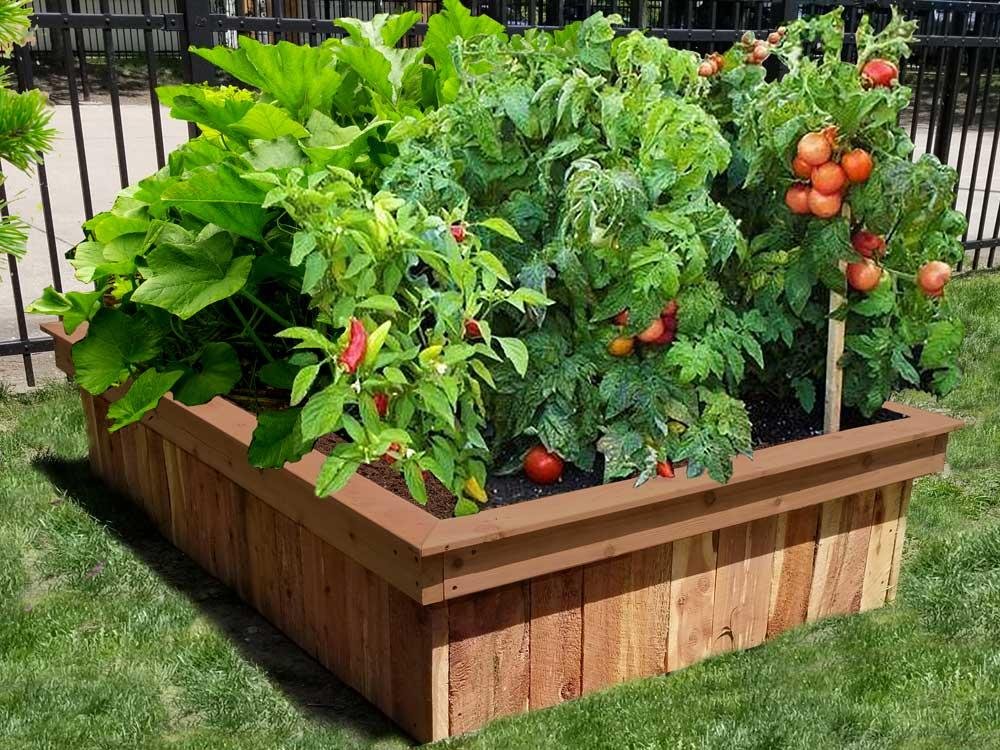

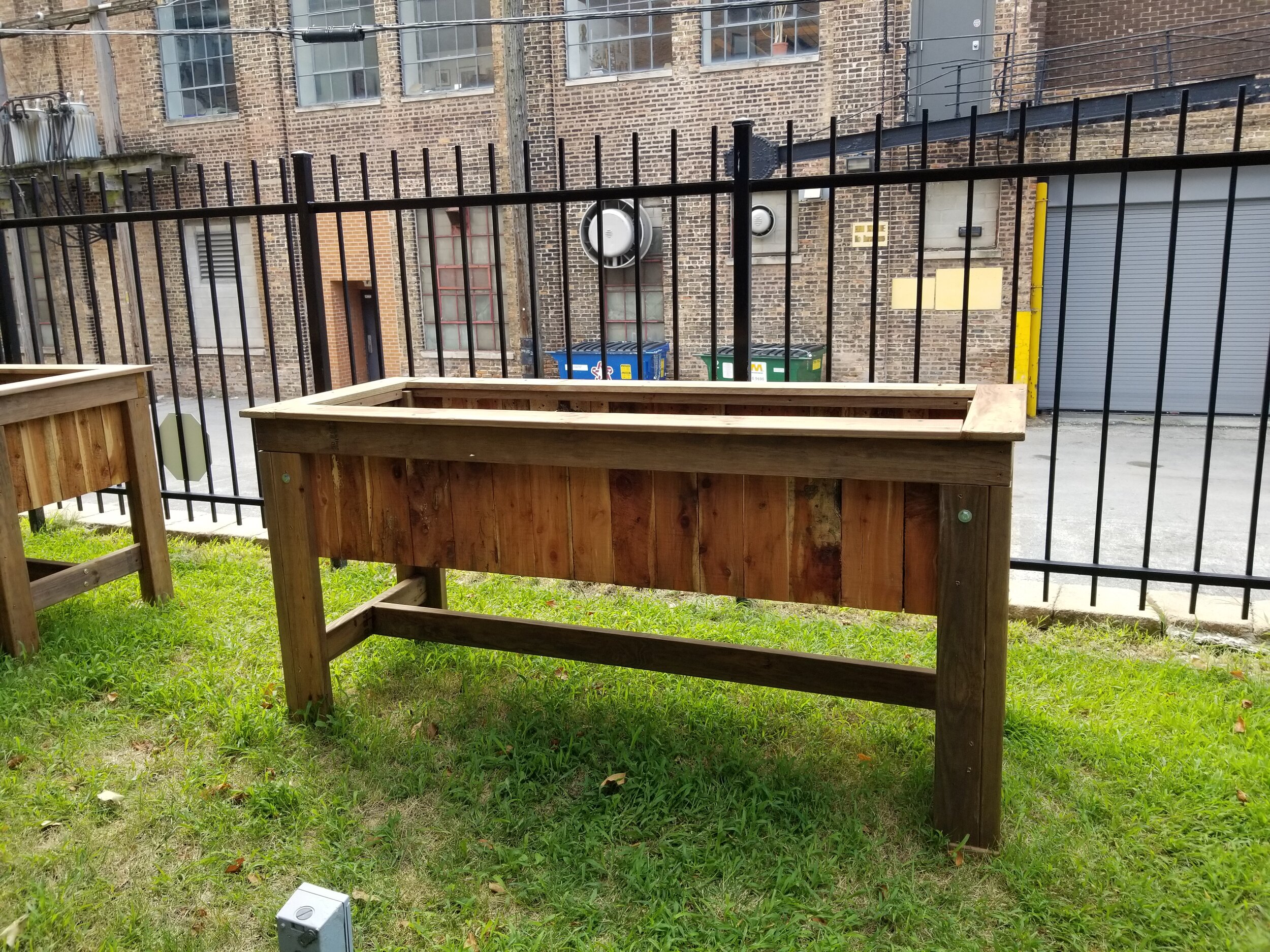
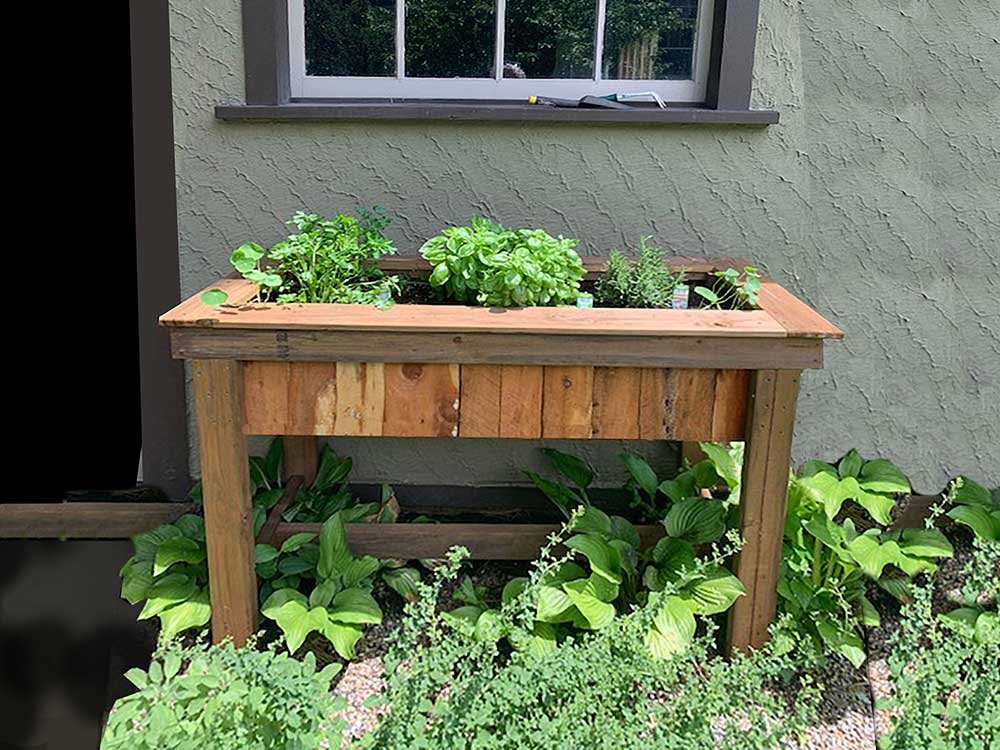
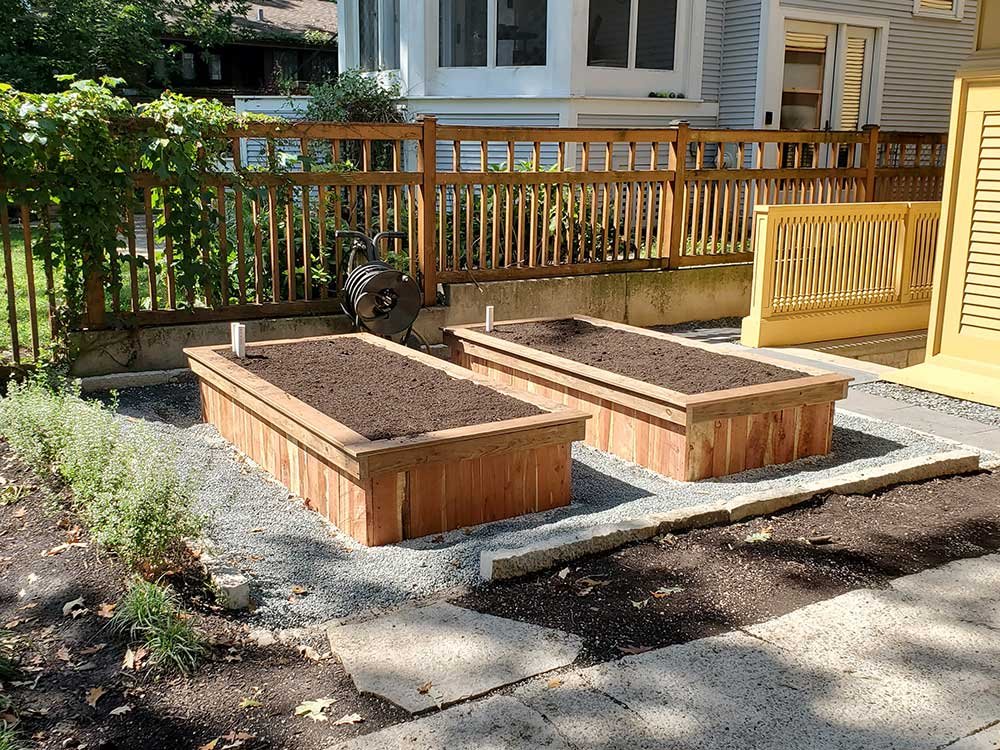
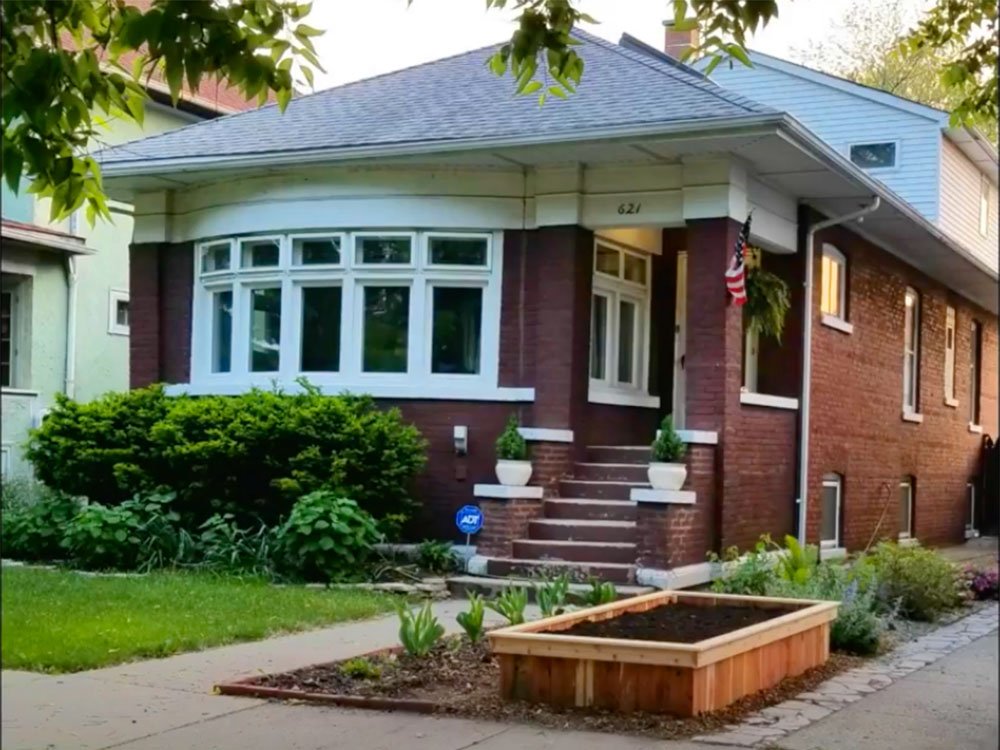
Benefits of our raised beds
Super durable and designed to last longer due to thicker planks and a unique design that combines vertical and horizontal boards.
Withstands harsh winters. Freezing soil will not cause the wood to bow which occurs with beds using cheaper, thinner wood.
15 inches tall to allow space for deep-rooted veggies like tomatoes, more space for microbial populations to expand and can hold more water for a healthier ecosystem.
Custom sizes and accessories for the raised beds and smaller planter boxes. We also make beds on legs and beds with a trellis.
Bunny-resistant: Bunnies are unable to climb over our reinforced top overhang and thick ledge.
Varnishing the beds is optional to preserve the cedar colors.
We deliver in our truck and install beds with soil in the greater Chicago area.
We have yet to discover the disadvantages to growing food in raised beds. The list of the advantages below was put together by the University of Georgia extension. Almost all university websites promote raised bed benefits. All of the raised beds benefits are identical for our smaller custom planter boxes.
Grow more food in limited space
Prevents of soil compaction and plant damage: One of the greatest advantages of raised beds comes from the protection the structure provides from foot traffic. The soil does not get compacted and plants are less likely to be damaged.
Longer growing season: Raised beds warm up more quickly in the spring.
Less weeding and maintenance: Once the soil in a raised bed has stabilized, compaction is almost non-existent.
Better drainage: A well-prepared raised bed allows the soil to drain better than in an in-ground garden (DRP NOTE: this depends on the soil that you put into the bed, of course).
Easier soil amendments: A raised bed can enable crop growth in an area that otherwise would not support gardening. On steep slopes, raised beds can act as a form of terracing. Raised beds can be built on parking lots and other compacted, difficult-to-garden urban soils.
Material conservation: Because the gardening space is concentrated, the management of water, fertilizer, mulch and soil amendments can be more carefully controlled, leading to less waste.
Access for gardeners with disabilities: Raised beds, at the proper height, can improve access for wheelchairs, or for gardeners who have a hard time bending over.
SOURCE: Raised Beds vs. In-Ground Gardens | UGA Cooperative Extension
Our Innovative Food Gardening Method
Learn more in our two recently revised blog posts.
Our online store
See our online store for details about prices, ordering and delivery of raised beds, compost, worm castings and more. Please contact our customer support team before placing an order online so we can assist you with the details and answer your gardening questions.
QUESTIONS? COMMENTS?
Contact us at (708) 655-5299 or support[at]deep-roots-project.org.
Stay in touch
Please leave your cell phone number when you sign up for our eNewsletter, if you want text message announcements now and then.
Donations help us provide organic kitchen gardening education to individuals, organizations, and entire communities. Thank you in advance for contributing to our community and for sharing our website and blog with friends and family.


